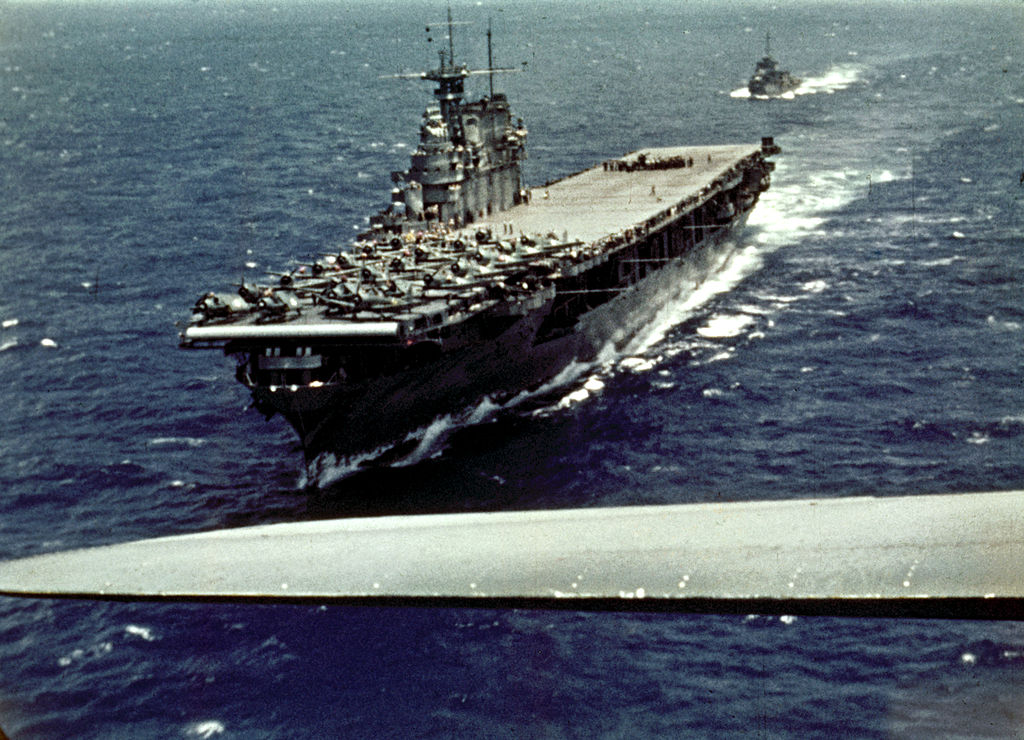

This exhibition was made possible by the generous support of Dr. The American Revolution at Sea brought together selected books, pamphlets, broadsides, manuscripts and engravings from the Society of the Cincinnati’s Robert Charles Lawrence Fergusson Collection-which documents the art of war on land and sea in the age of the American Revolution-with art and artifacts from the Society’s museum collections. “And with it, everything honorable and glorious.” “Without a decisive naval force we can do nothing definitive,” George Washington wrote to Lafayette. The strategic importance of naval power was clear to the war’s greatest leader. The fleet commanded by Admiral de Grasse at the Battle of the Chesapeake could deliver more than twenty times the firepower of the combined armies of Washington and Rochambeau. The British navy deployed more than one hundred of these ships. One ship of the line could concentrate more firepower than the entire Continental Army. The power of the naval forces deployed by Britain and France was staggering.

The naval war reached from the Caribbean to the Bay of Bengal and from the North Sea to the South Atlantic. The two navies deployed more than 1,200 warships, 25,000 naval cannons and more than 300,000 sailors in a conflict that spanned the globe. The war involved the two greatest naval powers in the world-Britain and France-in a maritime conflict of unprecedented scale.

The War of the American Revolution was conducted mainly at sea and its outcome was ultimately determined by naval power. The American Revolution at Sea ApDecember 29, 2012


 0 kommentar(er)
0 kommentar(er)
